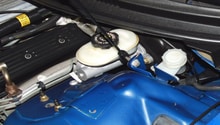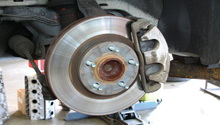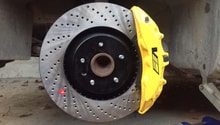Chevrolet Camaro 2010-2015: Brake Modifications
You could have 500rwhp and trap 120+ in the 1/4 mile, but if you can't slow down your beast of a Camaro, then what good is it, really?
This article applies to the Chevrolet Camaro (2010-2015).
When upgrading your brakes, there are a number of options, from the mild to wild, for all applications and budgets. Some drivers just need a little more consistency from their brakes, while others are looking to throw all of the stock components in the trash and go for the big upgrade. With that said, the OEM braking components aren't as useless as forum commentators may lead you to believe. Chevy did more R&D behind their components than Joe Internet did when picking brake pads. We recommend starting with more basic upgrades and then assessing your braking performance before blowing big cash on an upgrade that you might not even need.
Braking Upgrades
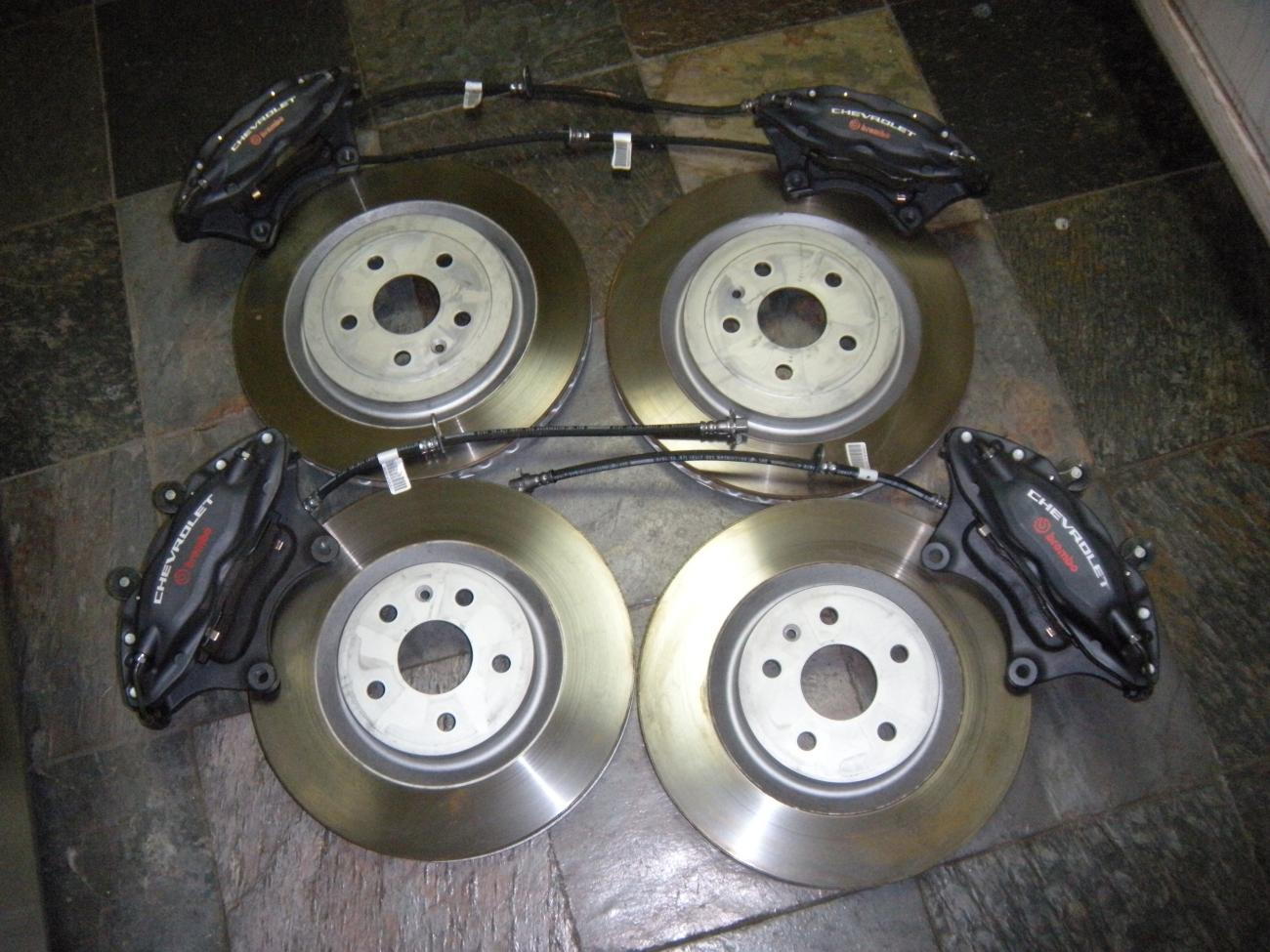
Brake Fluid

DIY Cost – $20-100
Professional Cost – $100-200
Skill Level – Easy; can be done at home with two people.
When it comes to braking performance, everything comes down to heat, and brake fluid is no exception. Your Camaro's braking system is hydraulically controlled. That means that when you step on the brake pedal, that force is sent through the master cylinder, mounted on the firewall, which then forces brake fluid through the brake lines, to the calipers, and then use that force to clamp down the caliper's pistons on to the brake pads, squeezing the rotors. This process creates a lot of friction between the pad and rotor, which means a lot of heat is generated. This heat gets trapped in the brake calipers, heating the brake fluid up and ultimately boiling it, reducing its performance.
If you've ever driven your Camaro really hard and found the brake pedal getting "spongy" or softer feeling, with stopping power lessened, then you've experienced brake fade from your brake fluid boiling. Aftermarket racing brake fluid is rated for higher temperatures to better resist this heat. This in turn promotes consistent performance, and no "pucker" moments when you hit the brake pedal and the car doesn't slow down.
Popular brake fluids amongst track day aficionados include Castrol SRF, Motul RBF660, Project Mu 335 (PMU335), and ATE Typ200 for the more budget-oriented enthusiast.
Brake Pads
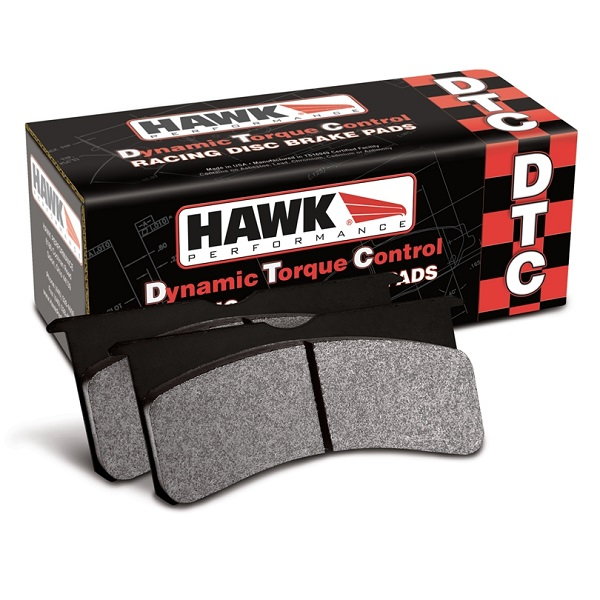
DIY Cost – $200-600, depending on the type of pad chosen
Professional Cost – $300-800
Skill Level – Easy; swapping pads can be done with hand tools in an hour or so.
As noted above, the brake pads are what contact the rotors, creating the friction necessary to slow the vehicle down. Much like factory brake fluid, and its tendency to boil when driven hard, original spec brake pads can only take so much abuse before the friction material degrades significantly; this either shows up in the form of "glazed" pads, where the pads appear in tact but fail to provide acceptable performance, or "chunking" where the friction material breaks off the backing plate as it succumbs to high temperatures.
Aftermarket track day and racing brake pads are formulated with materials that are better able to cope with high temperatures and abuse. Brake pads and brake fluid are two of the most common upgrades you will see on track-driven vehicles. There are some minor annoyances that come with most upgraded brake pads. This commonly manifests itself in the form of noise (squealing), addition brake dust, being harsher on rotors when cold, and slightly numb performance when the brakes are "cold" or after sitting over night. Usually, one or two stops as you drive through the neighborhood is enough to get them up to functional temperature.
Popular options for track day brake pads include the Hawk DTC series of pads, and the Carbotech XP8 through X20 range of brake pads. Proper racing pads can be expensive, so don't be alarmed when you get some "sticker shock" at the price. You have to pay to play here. It's worth it to spend a few bucks extra on good brake fluid and brake pads if your car will be seeing a lot of high speed driving or track days. Think of it as a safety item.
Pro Tip
Braking performance should be balanced to available tire grip and power. Having "too much" brake pad relative to tire grip can potentially be a detriment, as the pads will lock up the tires too aggressively and over-use the ABS. We have to consider "brake bias," which is easily noted as the ability/performance differential between the front and rear brakes. If your front brakes are constantly locking up under heavy braking, but the rears aren't, consider stepping down a notch on the front brake pads or upping the rear pads. This will result in more effective use of the brakes and tires, reducing stopping distances.
Big Brake Kits
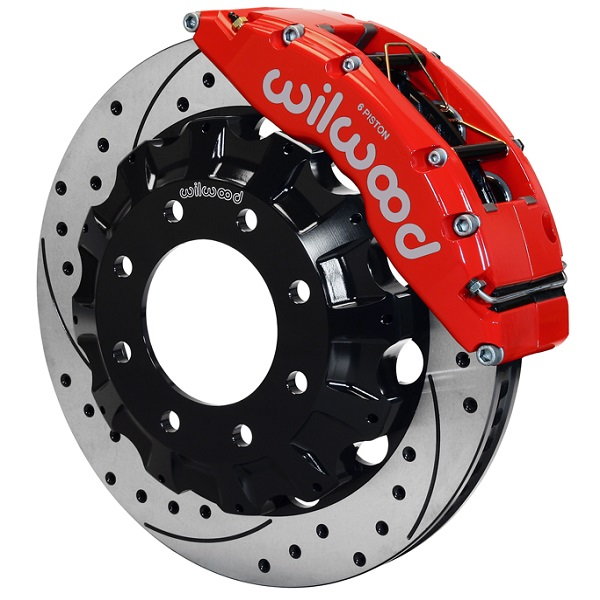
DIY Cost – $500-5,000+, depending on your goals
Professional Cost – $750-6,000+
Skill Level – Moderate; this involves replacing the calipers, rotors and pads, which, while not difficult, can be time consuming or frustrating for the novice mechanic.
So you've upgraded your brake fluid and pads, and are maxing out the capabilities of your otherwise stock braking system? Sounds like you need an upgrade in a big way. A big brake kit upgrade refers to replacing the calipers, pads and rotors with larger units. Calipers will be larger, and have more pistons to better absorb heat from the brake pads and apply more consistent, even pressure across the pad. Rotors will be larger in diameter, which means more surface area to grab the pads and thickness, which is extremely beneficial in cooling and braking consistency. Pads will obviously match the larger calipers and rotor, again offering more surface area to better handle the heat.
Upgrades depend on where you are starting. If you have a V6 Camaro, you can build a budget big brake kit by sourcing used SS brakes for a couple hundred dollars. If you have an SS, you try to find ZL1 or Z28 brakes as an OEM upgrade, and sell your original stuff to offset the cost a bit. Alternatively, the aftermarket has solutions with less compromise, albeit, for those with a larger budget.
Popular aftermarket solutions for the Camaro are Wilwood, Baer and Brembo, who offer plug and play upgrade kits that fit behind 18", 19" or 20"+ wheels, depending on your budget and performance needs.
Pro Tip
When people want to upgrade their stopping ability, they tend to look right past the obvious and immediately begin to eye up that fancy, expensive big brake kit. In this case, the obvious being tires. Those four patches of rubber are what is actually sticking your car to the road. A tire upgrade benefits the car more than just about anything else you can do. Sticky rubber will decrease stopping distances, offer superior cornering grip and aide off-the-line acceleration. With wider, stickier tires, and a basic brake upgrade, you would be surprised how well your Camaro can perform at the track, and on the road.
Related Discussions
- CTS-V Calipers with SS Rotors - LS1Tech.com
- CTS-V Brake Install with Pics - LS1Tech.com
- Best Brake Upgrades - LS1Tech.com
- Big Brakes from Wilwood - LS1Tech.com


